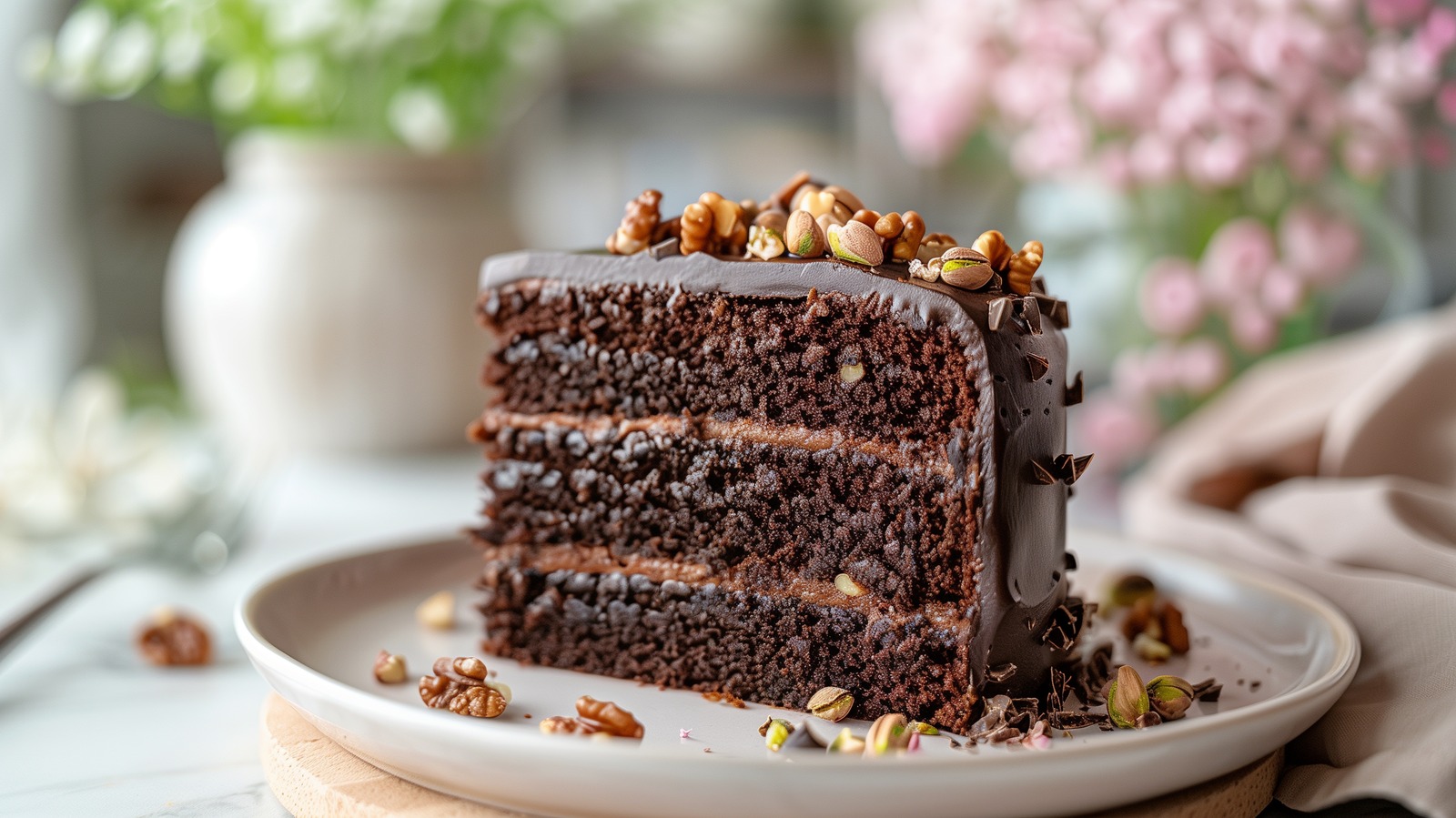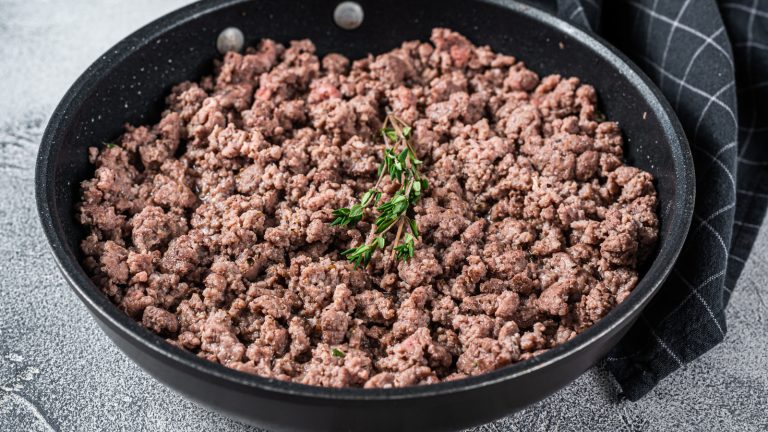You finally found the perfect cake recipe for your upcoming celebration. With the right flavors, an irresistible texture, and rave reviews to boot, you’re eager to get going in the kitchen. But after substituting the flour to cater to those with gluten sensitivities, that once picture-perfect cake from your recipe book now looks a bit sad. Instead of a dreamy, delicate cake slice, you’re left with a dry, almost-sand-like pile of disappointment. So what gives? Well, converting a tried-and-true cake recipe to be gluten-free isn’t always as easy as a one-to-one flour swap. Luckily, there are some expert-tested tips to help prevent any future baking disasters.
“Gluten-free flours can be moisture hogs, so adding an extra egg or a splash more oil can keep things from drying out,” says Alysha Dinatale, pastry chef at The Goddess and Grocer in Chicago. “And a pinch of xanthan gum or psyllium husk helps with structure so you’re not slicing into a pile of crumbs.”
Moisture is key when it comes to ingredient swaps like this. Gluten-free recipes often require more liquid because, unlike wheat or barley, most gluten-free flours are high in starch, which absorb water like nobody’s business. So adding a little extra liquid can help compensate those thirsty starches. As for the texture, gluten typically acts as a binder, holding the cake together. Additives like xanthan gum can be a secret weapon to combat crumbly gluten-free cakes, as they mimic the elasticity and support that gluten provides.
It’s not just about texture — flavor matters, too
When converting a cake recipe to be gluten-free, it’s not just the texture that’s important in the end. Wheat-based all-purpose flour boasts such a ubiquitous taste that, when it’s missing or swapped with another type of flour, the flavor of the entire cake can be thrown off. There are so many types of gluten-free flour out there, each with their own distinct flavor profiles, and understanding your flour’s unique nuances is key for a successful gluten-free cake. For example, white rice flour is mostly tasteless, with a light, neutral flavor that blends in with whatever it’s paired with, almond flour is incredibly delicate, with a slight nuttiness, and coconut flour can impart a mild sweetness, plus a bit of coconutty flavor.
With a swap for gluten-free flour, your recipe might need an extra dash of vanilla extract for a fuller flavor or a touch of citrus zest to brighten things up a touch. Or you can think ahead, using a gluten-free flour that best accompanies your cake’s flavors. Almond flour pairs well with fruity flavors like cherry or raspberry, whereas oat flour goes great with warm spices such as cinnamon or nutmeg. If you’re making a tres leches cake or a pineapple upside down cake, coconut flour will lend a wonderful base. Of course, a one-to-one gluten-free flour mix will come the closest to the taste and behavior of all-purpose flour and can be used in just about anything.






